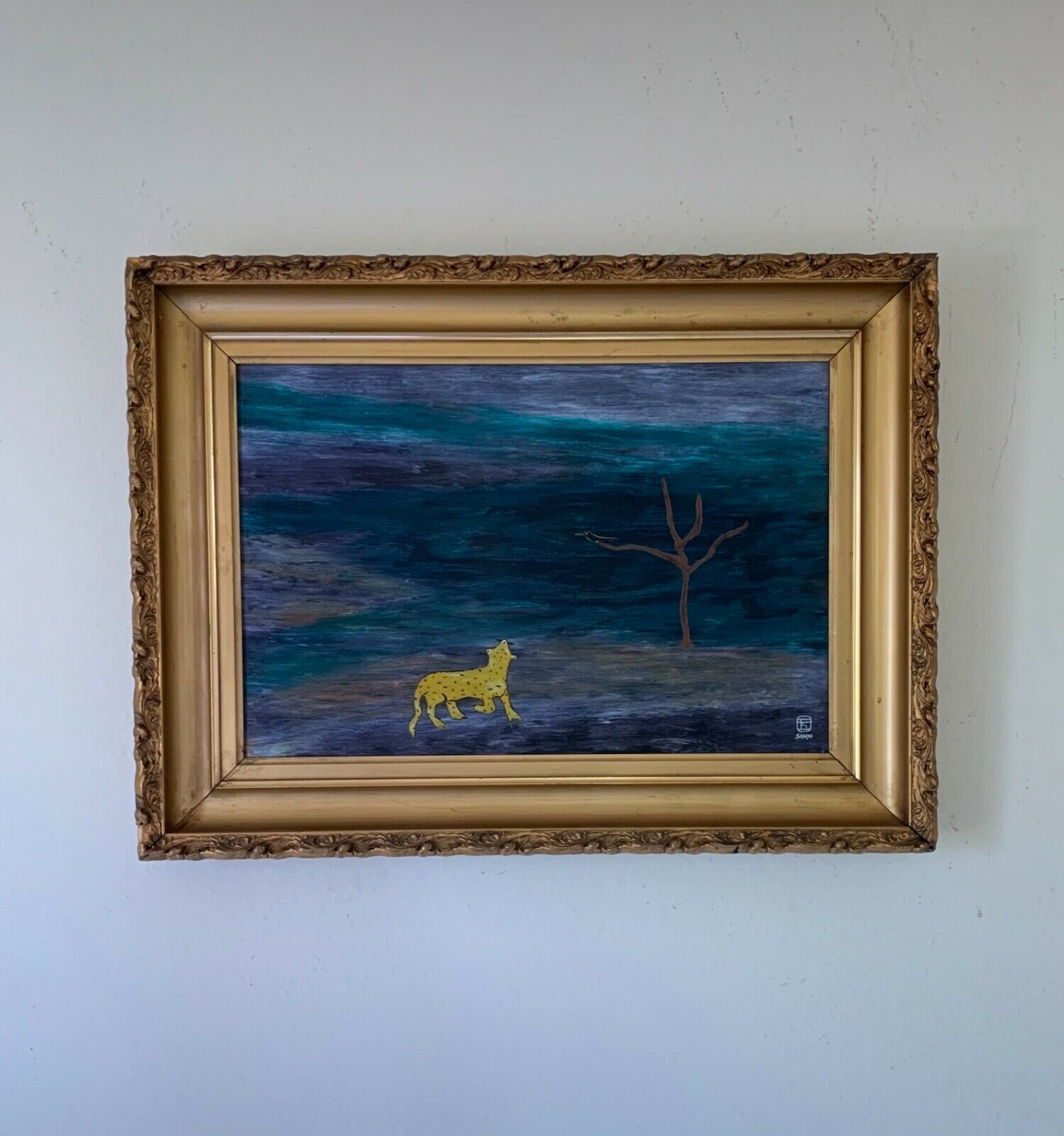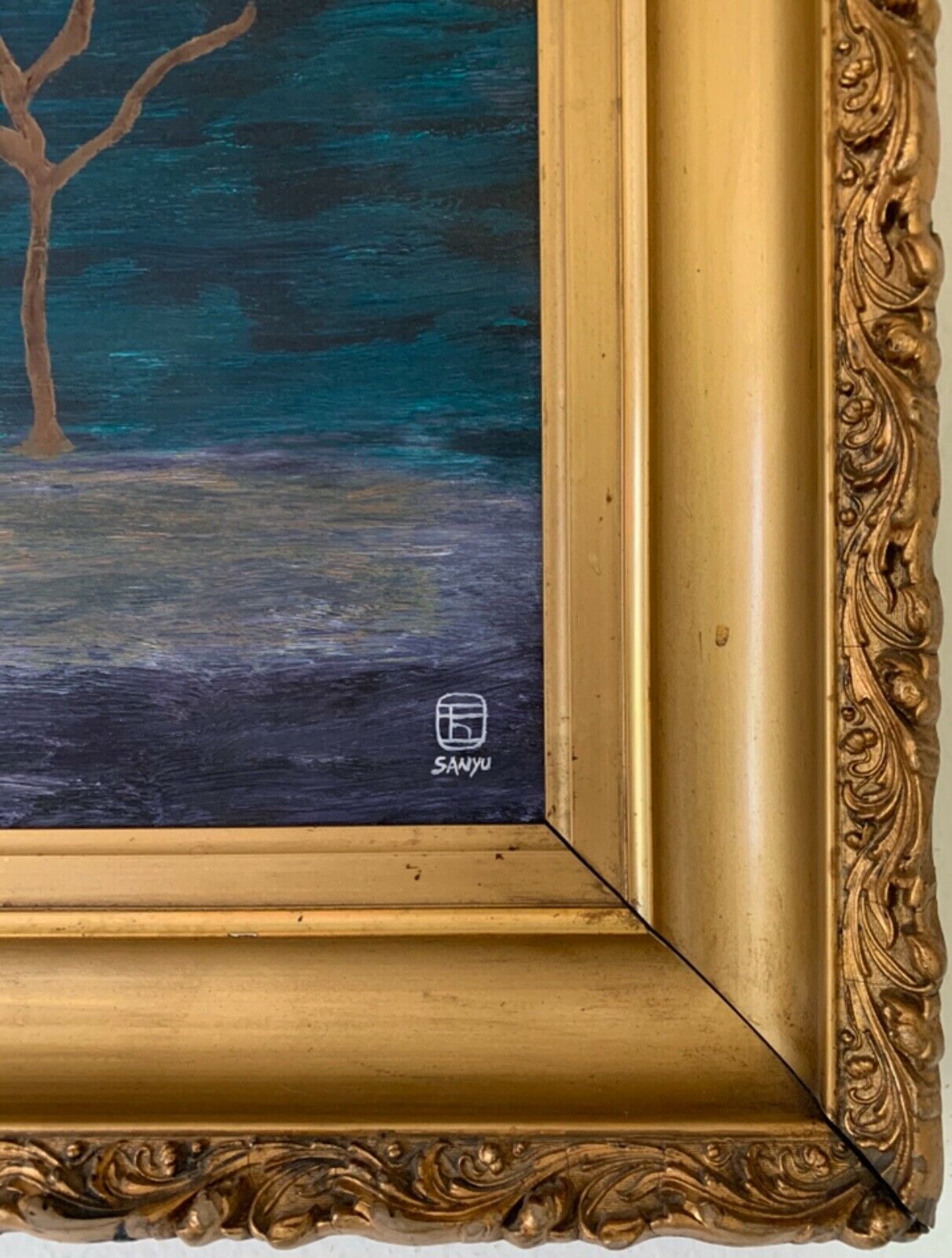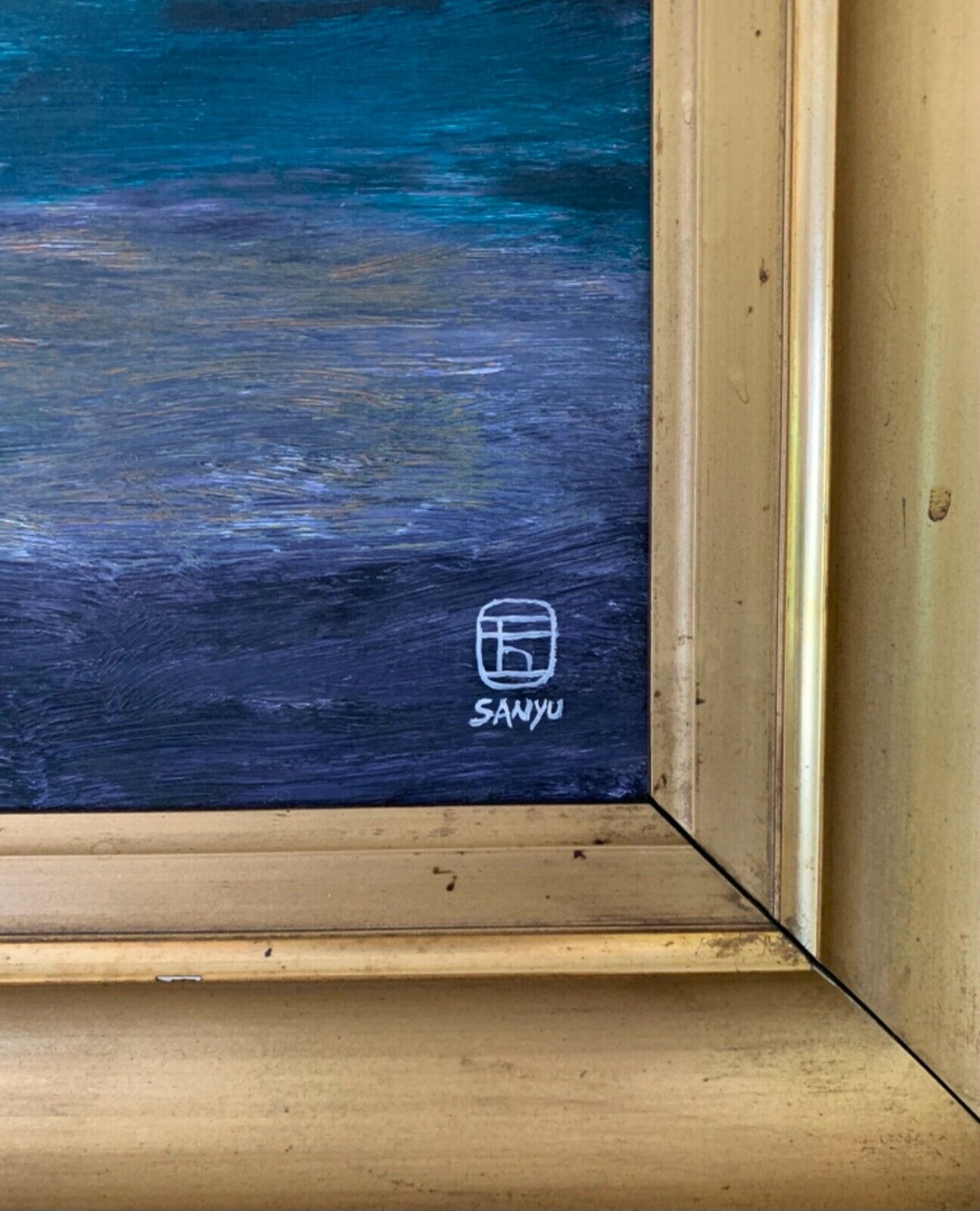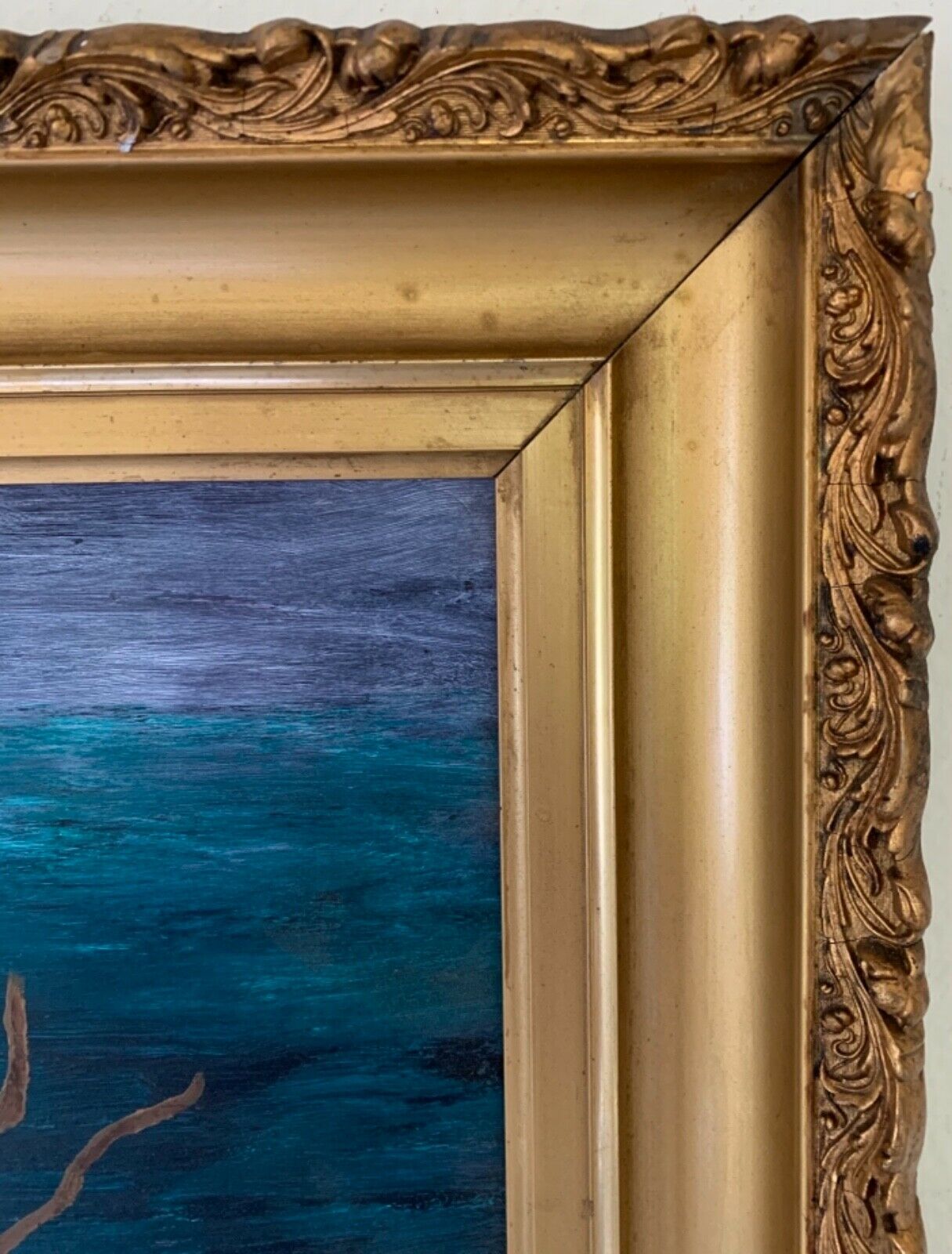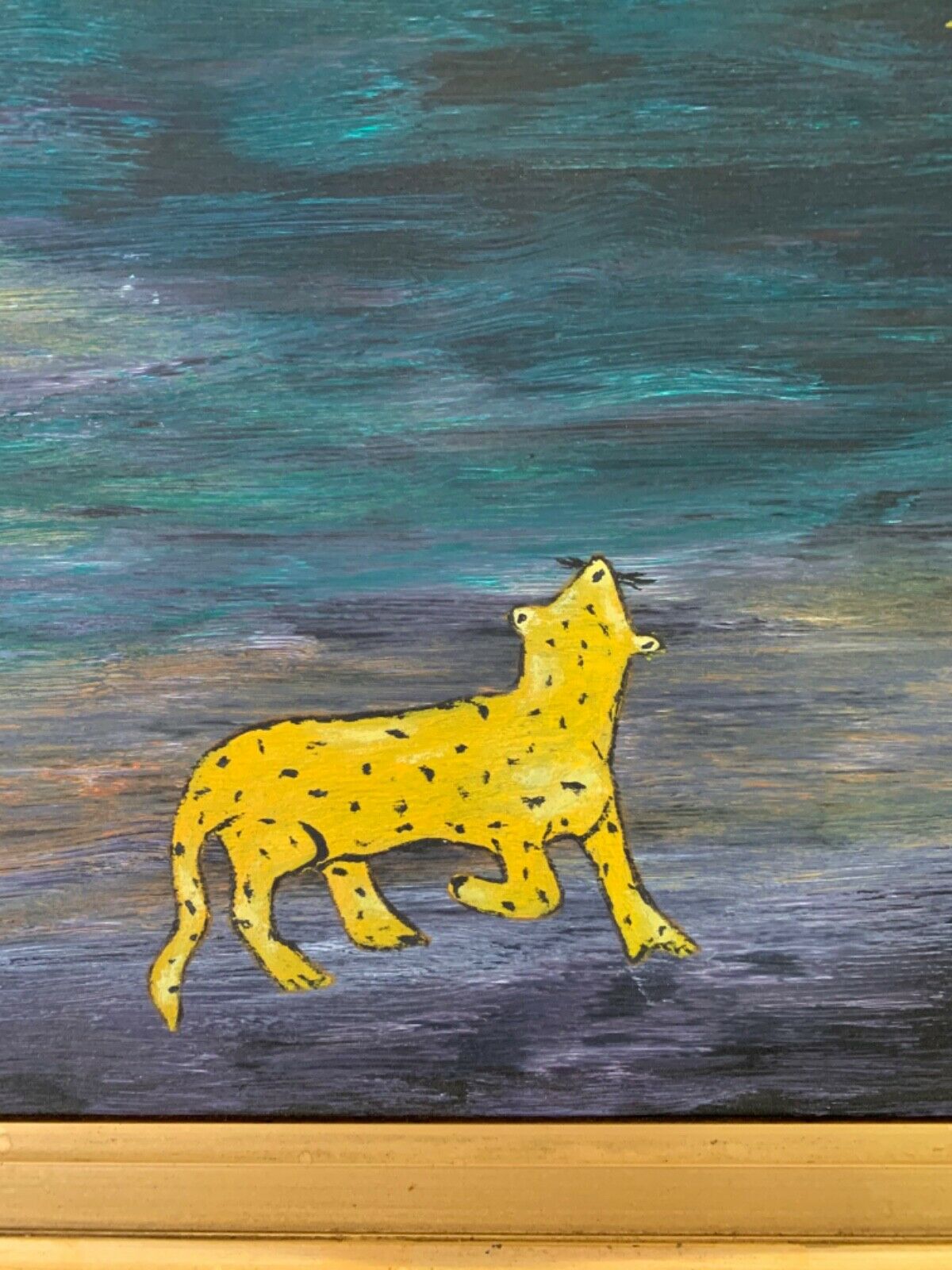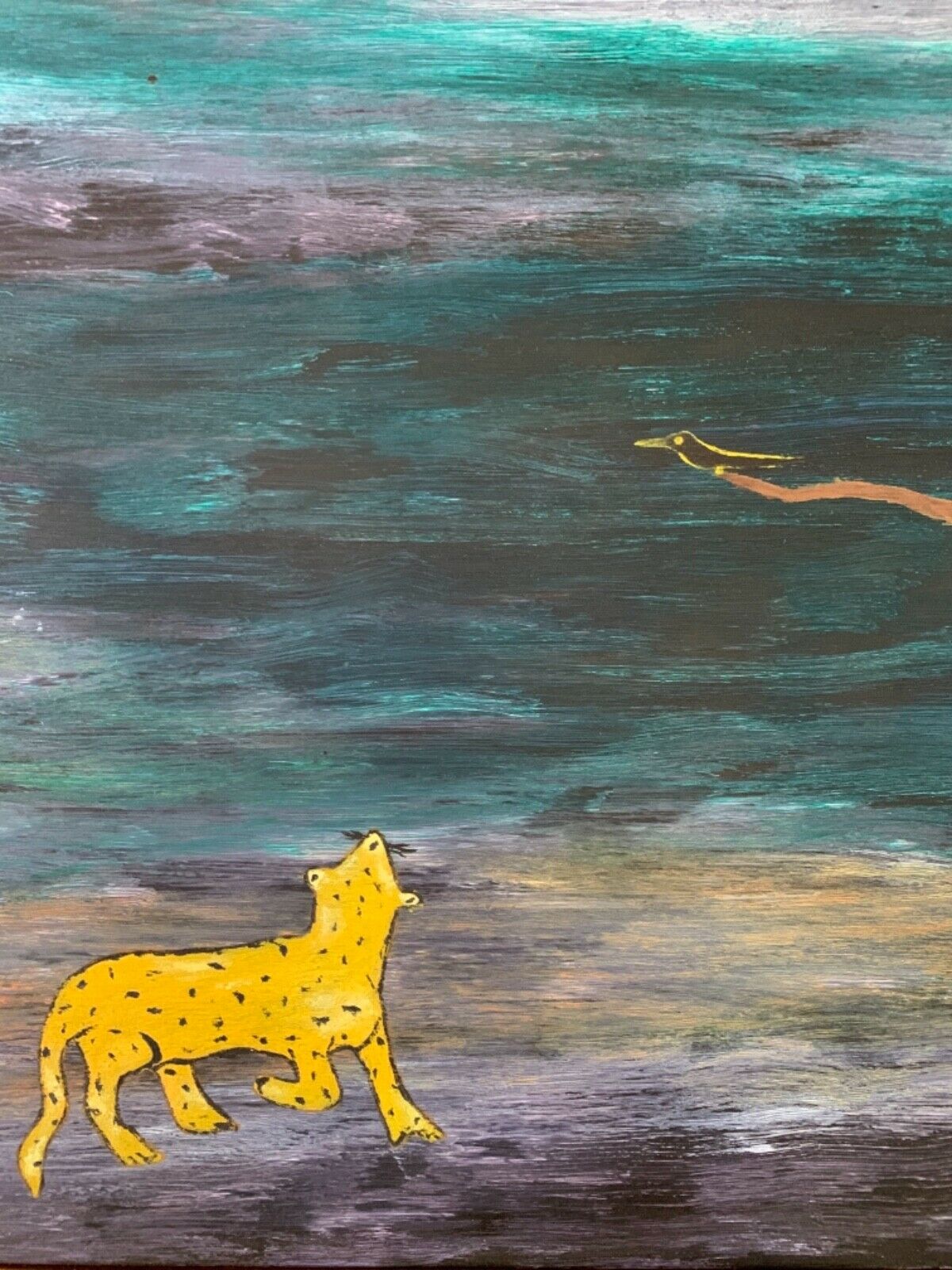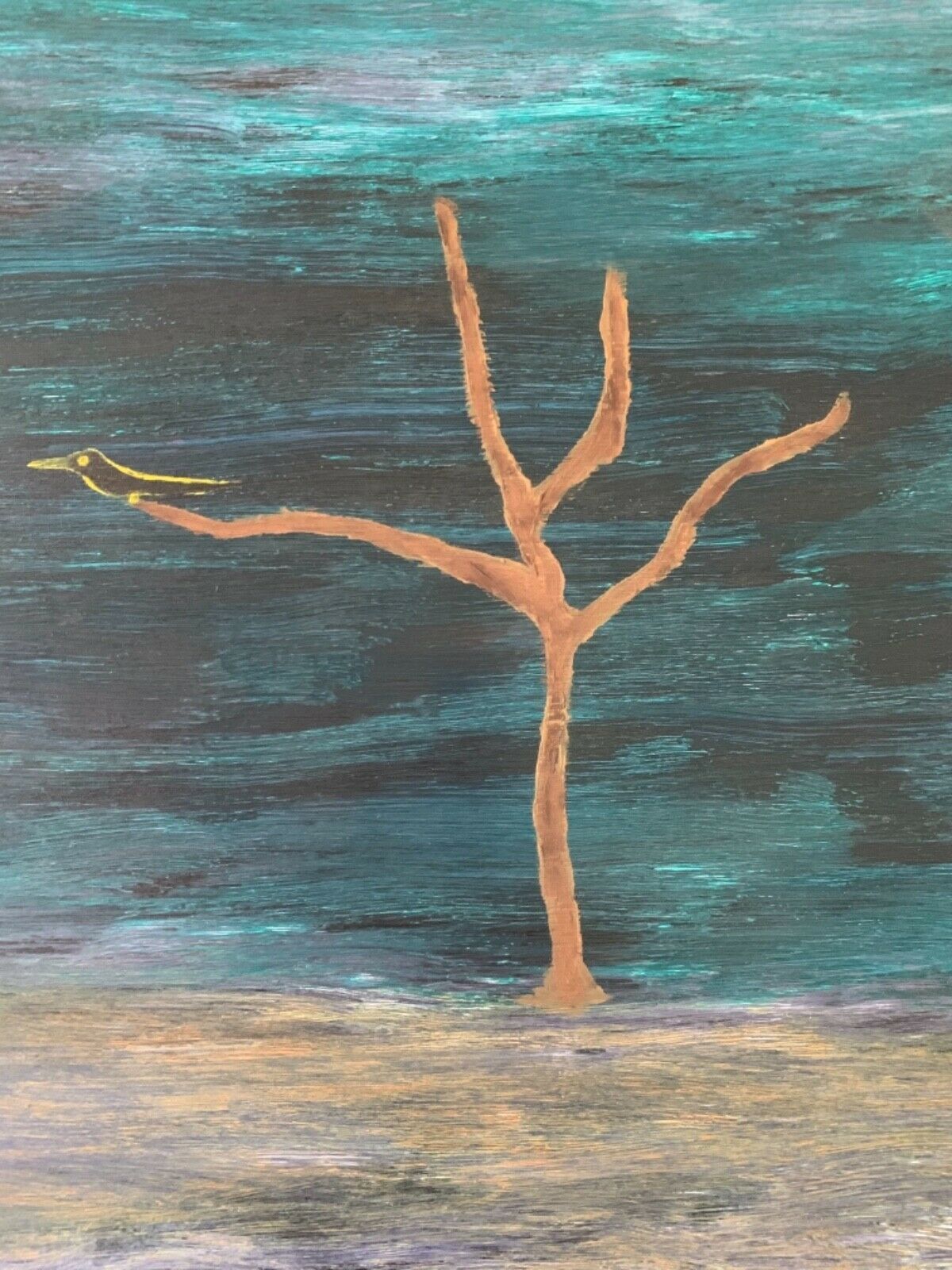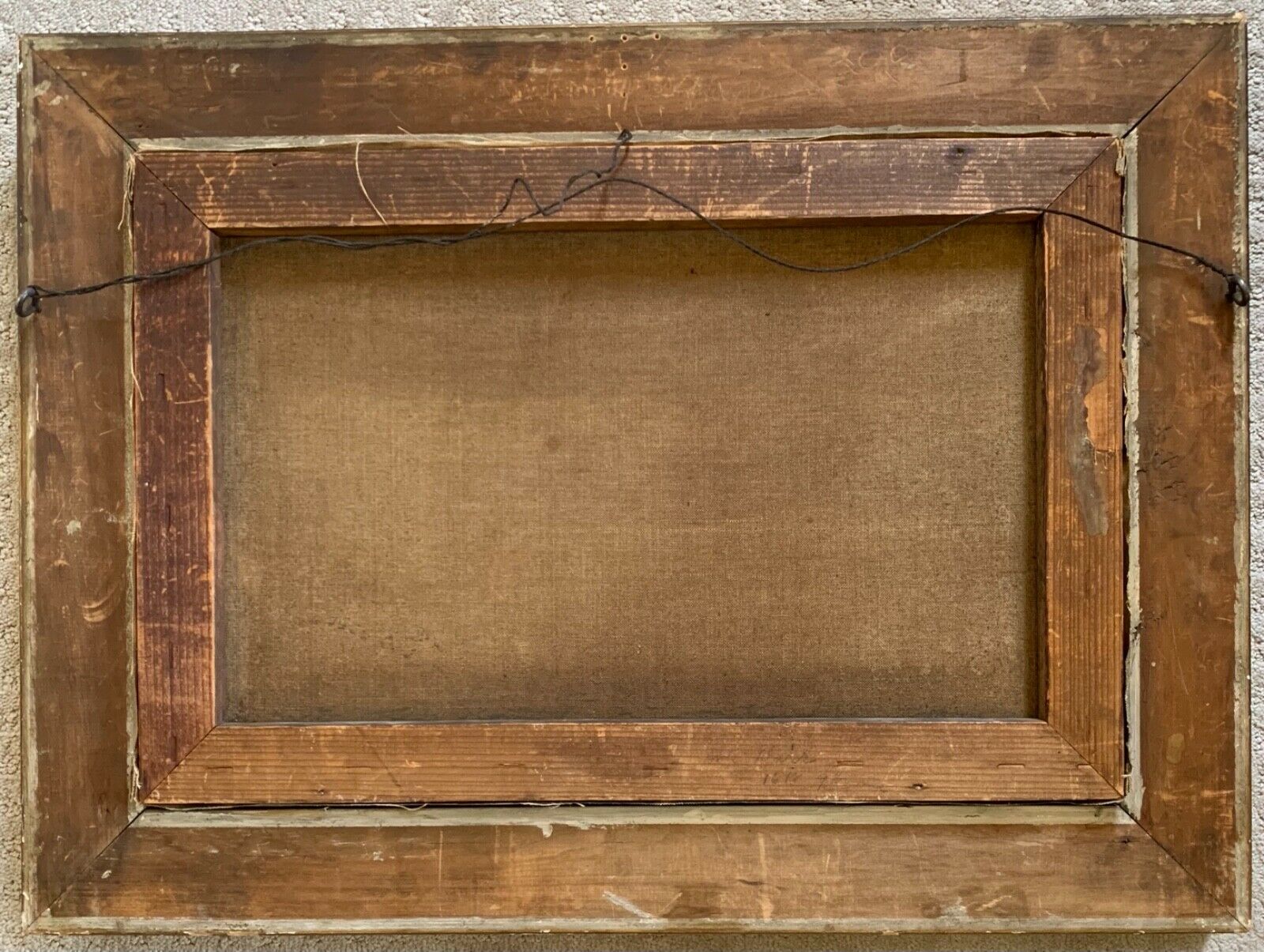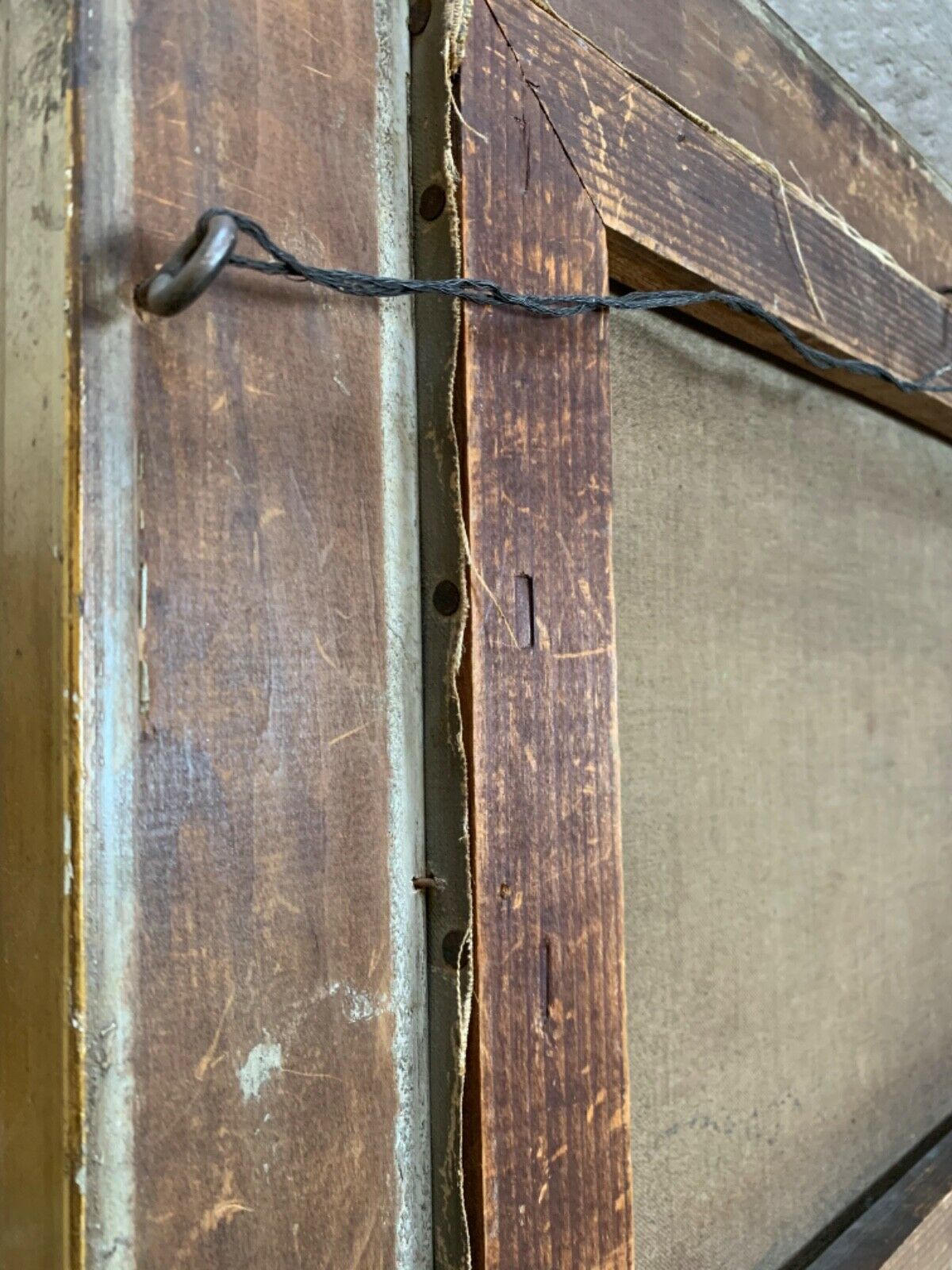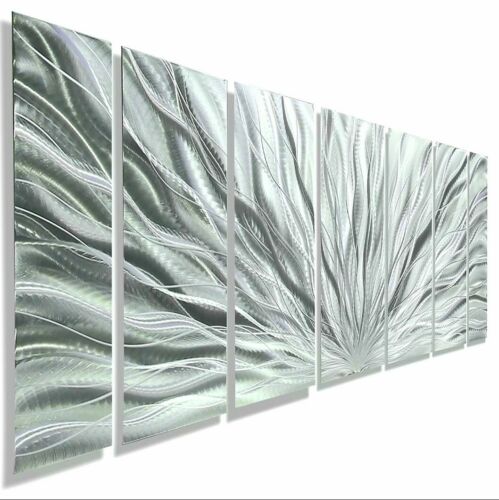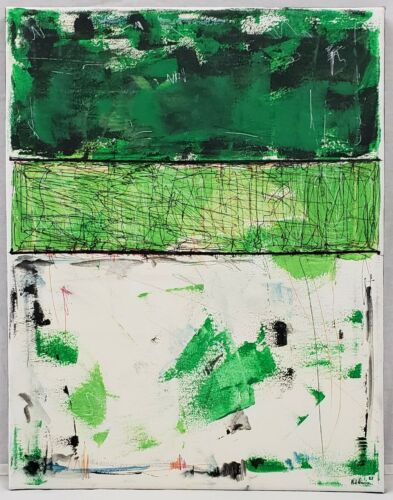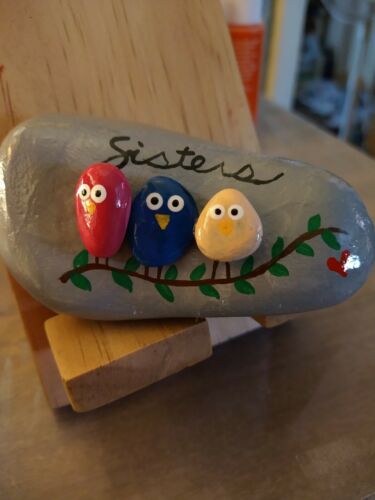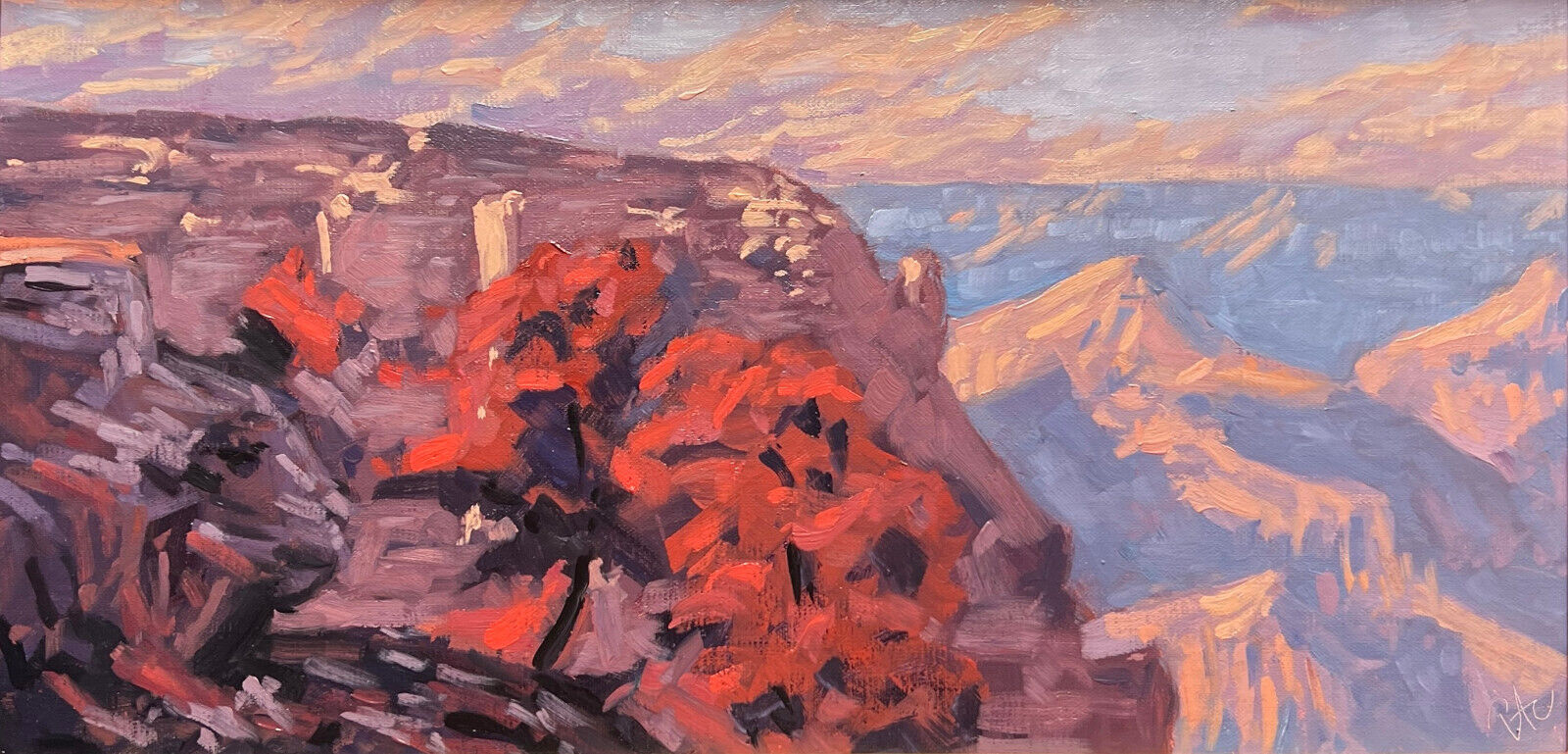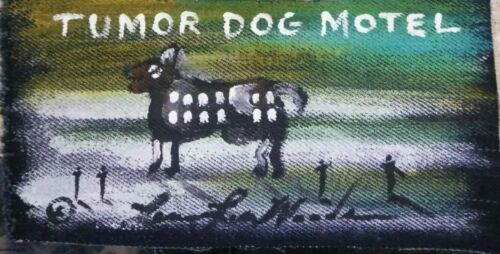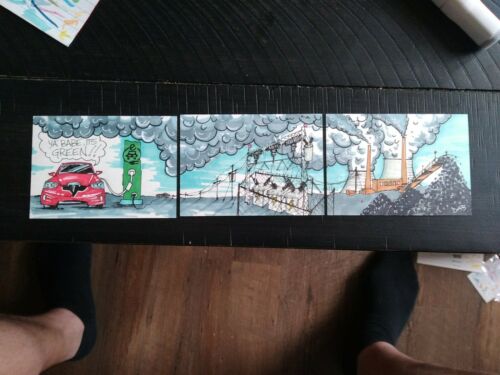-40%
Sanyu (1901–1966) Chinese-French Abstract Oil Painting Signed
$ 0.52
- Description
- Size Guide
Description
1--Imagine Size:14"/21"(34.5cm/52.5cm)2--Framed Size:20”/27”
3--Signed Right Down
4--Provenance
: In San
Francisco
5--Original: Unprinted
6--Make your own judgment,
Some craquelure in the painting face from age
7--To accept to this status, Please look at all pictures before you make a bid, it was remind to:
From Wikipedia, the free encyclopedia:
Sanyu
or
Chang Yu
(
Chinese
:
常玉
; 14 October 1901 – August 1966) was a Chinese-French painter.
Chang Yu was born in Nanchong,
Sichuan
Province, on 14 October 1901.
[1]
His family owned one of the largest silk-weaving mills in Sichuan, the Dehe Silk Factory, which was managed by Sanyu's eldest brother Chang Junmin. The business was so successful that Junmin earned the accolade Millionaire Chang of Nanchong and the annals of the city of Nanchong record and applaud his accomplishments. Thirty-seven years older than Sanyu, Junmin doted on his younger brother and, recognizing his interest and talent in art, spared little to support and encourage all his artistic endeavors. The family's wealth allowed Sanyu to be schooled at home, which included calligraphy lessons with the Sichuan calligrapher
Zhao Xi
(1877–1938) and painting lessons with his father, known in Nanchong for his skill in painting lions and horses.&
Growing up in Nanchong, approximately 300 kilometres from
Chengdu
, Sanyu was most probably unaffected by the discontent that was brewing in the major cities of China at this time. After the overthrow of the
Qing dynasty
and the founding of the Republic in 1911, China was faced with growing autocracy from within and encroaching imperialism from without. Crippled by these dual tensions, compounded by the ineffectiveness of antiquated social and political systems, China was rendered impotent, forcing many to reassess the predicament of their torn nation. The unacceptable terms of the
Treaty of Versailles
forced a counter-movement that gained momentum through student organizations across the country, culminating in the historic
May Fourth Incident
. Academicians and students led the revolt against foreign infringement of China's territorial sovereignty and rights to self-rule. They recognized that to regain their country's integrity, China needed to strengthen itself through reform. A unified voice demanded the rejuvenation of the country through modernization, which, at that time, meant Westernization. Many resolved, therefore, to travel abroad to learn the ways of the West in order to benefit their troubled nation.
As a response to this call, students traveled to France under a government-sponsored work-study program. Although it is uncertain whether Sanyu participated in this program, his decision to make France his destination in 1921 was no doubt inspired by the migrating wave of art students, such as
Xu Beihong
and his partner
Jiang Biwei
with whom Sanyu became close friends.
[2]
Xu and Jiang, who had arrived a year before Sanyu, were already finding life in the City of Light too costly for their meager income and decided to move to Berlin where living was cheaper. Sanyu, with no set agenda in Paris and unfettered by financial concerns, thanks to Junmin's generous support, decided to go along with them to Berlin. During this time, Sanyu formed friendships with other Chinese artists and writers, but instead of making art, they formed a culinary club, gathering daily to plan and prepare gastronomic specialties of their hometowns and having a good time. Only two works by Sanyu, Peonies and Landscape with Willow Trees, both painted in traditional brush and ink style, survive, further attesting to the lack of artistic activity during this period.
After two years in Berlin, Sanyu returned to Paris in 1923. While most of the Chinese art students aspired to enroll in the esteemed
École nationale supérieure des Beaux-Arts
, Sanyu preferred the less academic environment of the
Académie de la Grande Chaumière
. Here, Sanyu plunged into what to him was the exotic world of nude drawing. One can imagine the excitement the young Sanyu must have felt being in a studio where nude models, forbidden at home, posed at arm's reach. In this free and uninhibited environment, he could experiment with Western sketching techniques to explore and express the lines of the human form. Sanyu’s early works in Paris comprise exclusively ink and pencil drawings of nudes and figures, of which over 2000 examples survive today.
Since Sanyu was trained in Chinese calligraphy in his youth, it is not surprising that a majority of his nude drawings was done in Chinese ink and brush. The trained calligraphic stroke, with its varying innuendos, afforded Sanyu a unique chance to delineate the human body, not so much in terms of its anatomy but more as a means of expressing the beauty and sensitivity of a flowing line. With only a few strokes, relying on the fluidity and innate qualities of brush and ink, he was able to capture the essence of his subject.
Sanyu, along with
Xu Beihong
,
Yan Wenliang
,
Lin Fengmian
and
Liu Haisu
(collectively, the
Four Great Academy Presidents
) are widely known as the most prominent first-generation Chinese oil-painters who studied in France in the early 1900s.
On 12 August 1966, Mr. Hau Shing Kang, a Chinese friend who owned a restaurant in Paris, went to visit Sanyu at his studio at 28 rue de la Sablière. When his repeated knocks on the door went unanswered, he alerted the concierge. Upon forcing the door open, they smelled a strong gaseous odor and when they went up to Sanyu's loft bedroom, they found him dead, lying in his bed with a book propped against his chest. According to Mr. Hau, Sanyu had a few friends over for a late dinner the night before and probably did not turn off his stove properly. After his friends left, Sanyu went up to read and, unaware of the gas leak, died in his sleep.
Reference Artworks:
